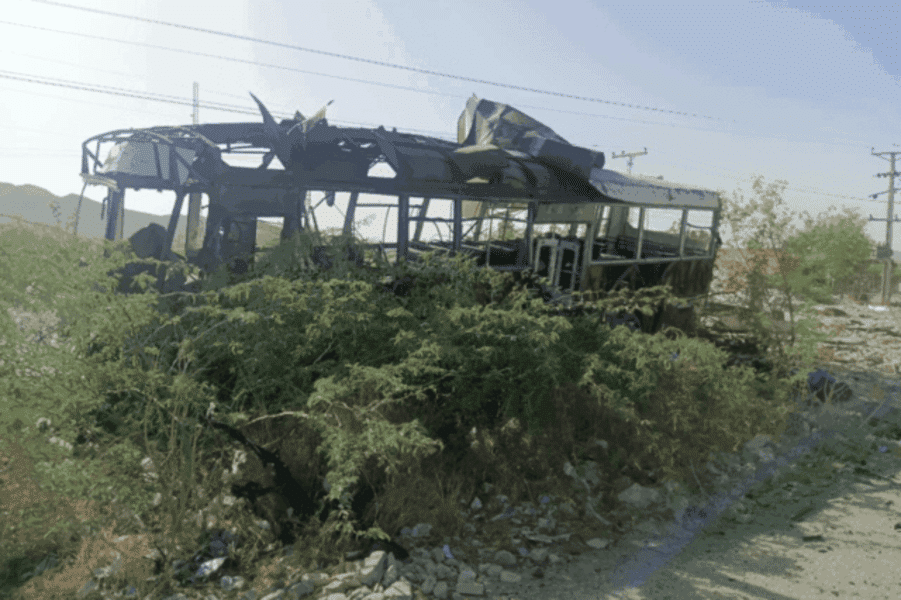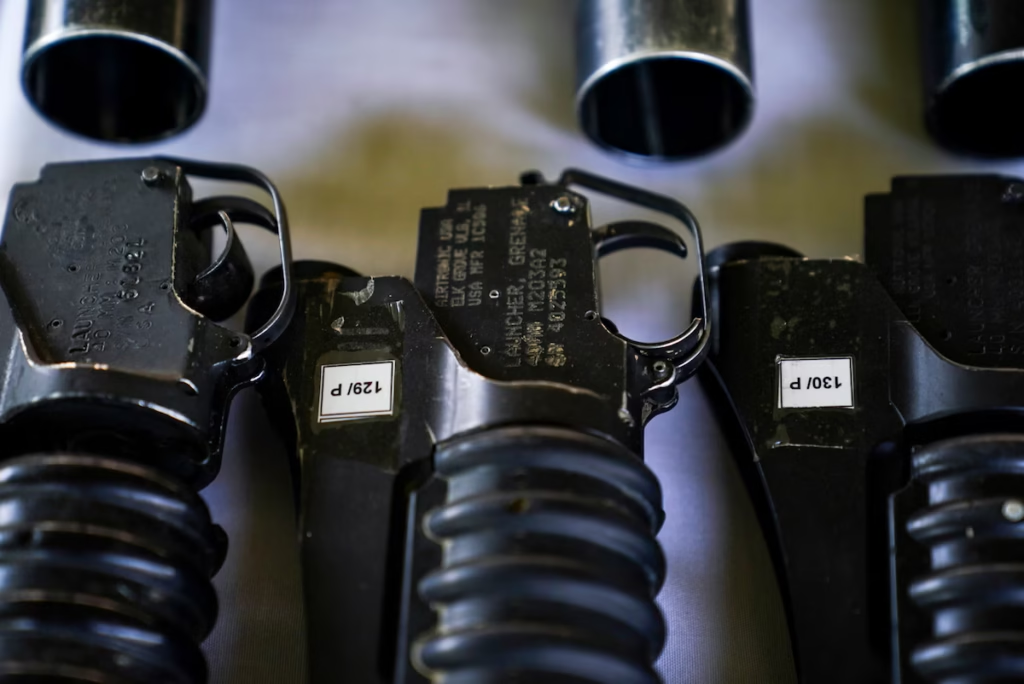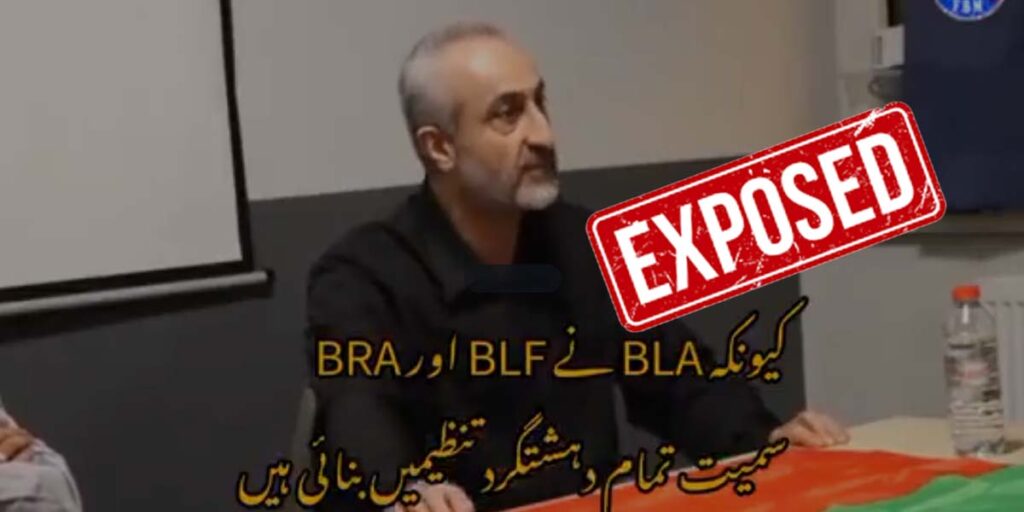QUETTA: Security officials and analysts have highlighted that the most dangerous weapon of the Indian proxy network is not its bullets, but the deceptive narrative it spreads to manipulate the public opinion.
A heartbreaking incident in Khuzdar, where a school bus was targeted and innocent children were martyred, later the culprit and collaborator of the terrorists falsely portrayed on social media as an attack on an army bus. This deliberate misinformation was amplified over 4,200 times within just three days by accounts like Balochistan Facts and individuals affiliated with the Baloch Yakjehti Committee (BYC). Experts said that the deliberate campaign aimed to divert public sympathy towards the Indian-funded banned organizations and doubtful the main culprit of the Khuzdar incident.
Similarly, the Baloch Liberation Front (BLF) spokesperson attempted to justify the killing of journalist Abdul Latif in Mushke by recycling old allegations of a death squad.
Further fueling the misinformation, the Indian news channel Times Now aired the disturbingly, the video footage of Latif’s martyrdom without any verification.
This deliberate act aligns with the model described by the Inter-Services Public Relations (ISPR) as a core element of Hybrid Warfare. According to the ISPR, this strategy involves both carrying out terrorist acts and fabricating moral justifications for them, effectively controlling the narrative to mislead public perception.
Also Read: False missing persons narrative in Balochistan masks India-backed terrorism
Experts say this propaganda campaign is part of an accurately crafted plan designed not only to portray perpetrators as victims but also to malign genuine martyrs as criminals, thereby distorting truth and undermining national security efforts.





